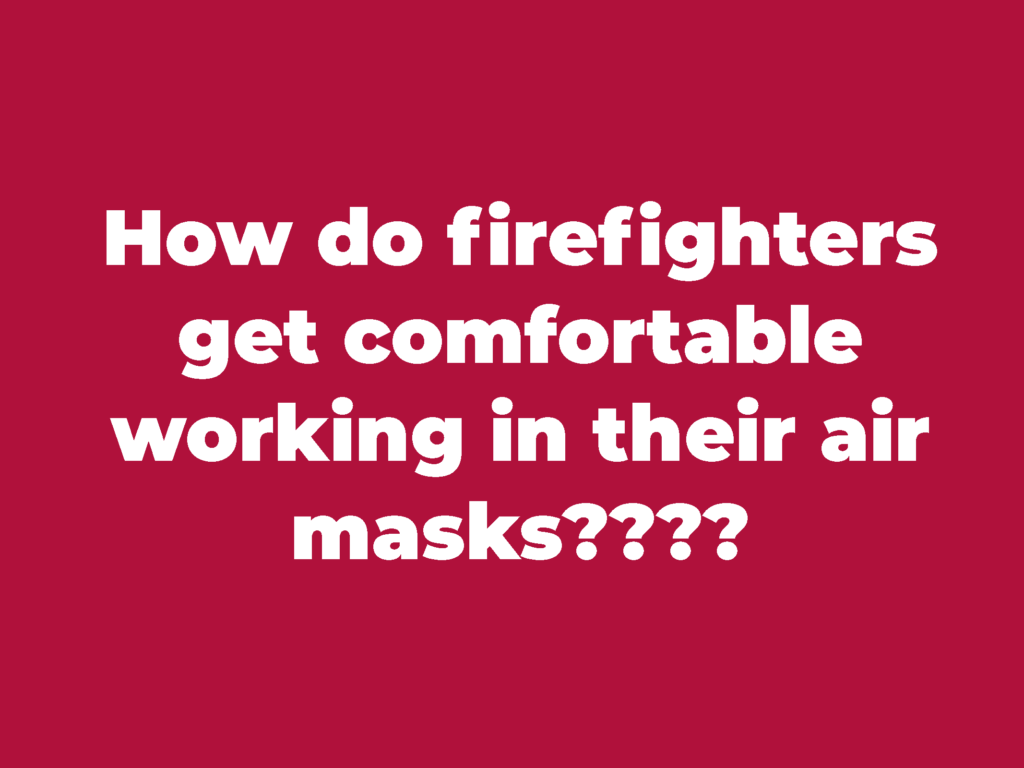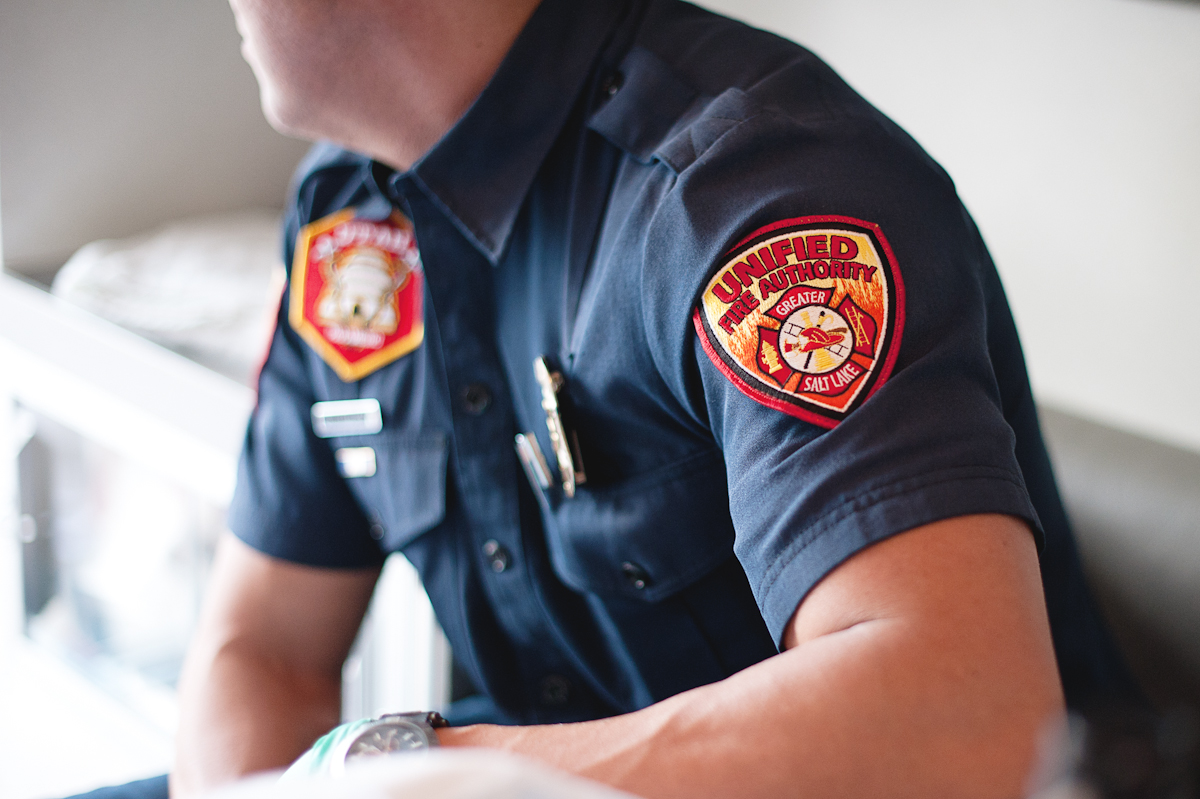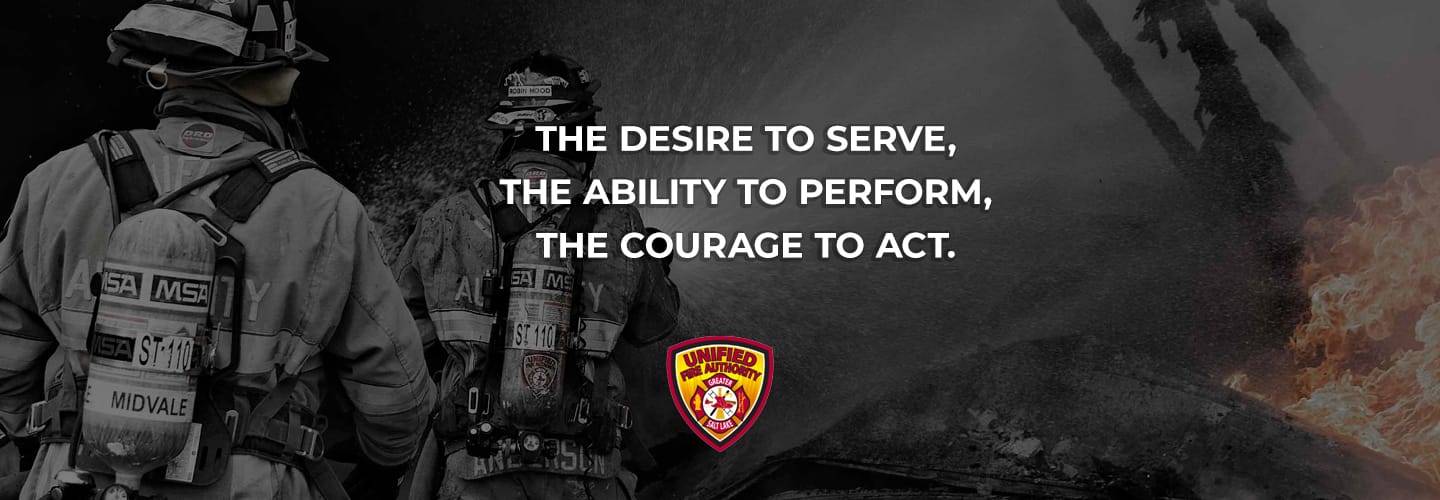Firefighter Training Lesson: Getting Comfortable with Air Masks

During normal firefighting operations, the capacity to extend an air cylinder can allow a company to stay inside for longer and accomplish more work. Under emergency circumstances, making the most of a bottle can be the difference between life and death.
There are many factors that contribute to the length of time a firefighter takes to expend a full cylinder: size of the person, fitness level, stress level, work intensity, etc. However, it’s a safe bet that if a firefighter is wearing a 45-minute SCBA on a fire, it will not last 45 minutes.
In basic training, firefighters are taught the rules of air management for safely working with a limited air supply. This dictates that 25% of the cylinder can be used to get to the fire, 25% can be used to work, 25% is for getting back out, and the remaining 25% is a reserve in case something goes wrong. In theory this sounds easy enough, but in practice it’s not so cut and dry. The amount of air a firefighter consumes when fresh and making his or her way into a structure is likely going to be less than the amount he or she will require to get out if something bad happens. When stress kicks in, the body naturally elevates its respiration rate and in turn firefighters consume more air. For this reason we need to identify the best method for conserving air – especially in the worst situations.
It begins with training.
Video Details
Captain Ben Sharer and the C Platoon crew making time for training at Station 126.


